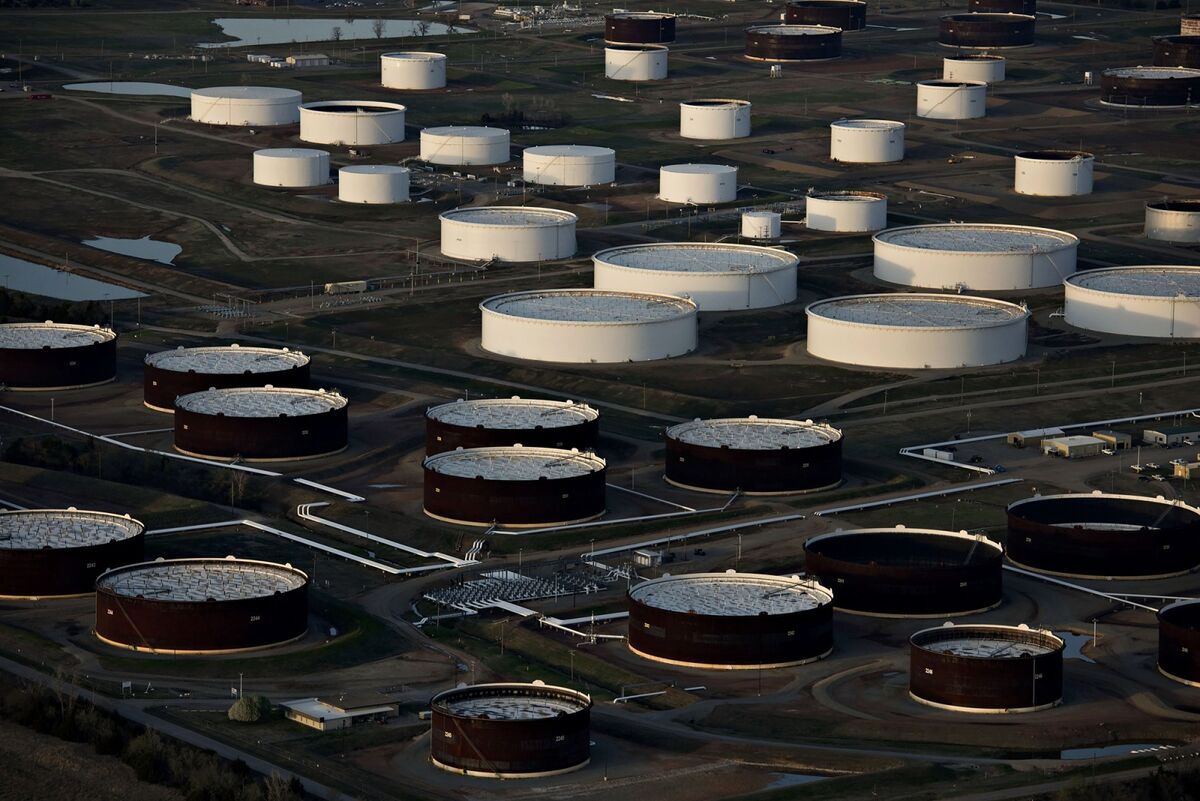Oil markets are seeing a surge in bearish bets, with options traders increasingly positioning for crude prices to tumble below $60 per barrel. The shift reflects growing concerns that OPEC+ output signals—combined with resilient supply from non-OPEC producers—could tip the market into oversupply and drive prices sharply lower.
Bearish Options Activity Surges
In recent weeks, open interest in put options tied to Brent and West Texas Intermediate (WTI) has climbed, with strikes clustered around the $60 mark. The activity suggests traders are hedging against, or outright speculating on, a major price drop. Volatility in short-dated contracts has risen, underscoring heightened uncertainty about oil’s trajectory in the second half of 2025.
“Investors are treating $60 as the key downside trigger,” said a senior derivatives strategist at a New York-based energy trading firm. “It’s less about near-term demand shocks and more about what OPEC+ production signals mean for the balance heading into next year.”
OPEC+ Signals Confuse Market
At the heart of the shift is growing skepticism over OPEC+ supply strategy. While Saudi Arabia and its allies have sought to reassure markets with pledges of discipline, recent signals of potential production increases in late 2025 have unsettled traders. Any suggestion of looser quotas raises fears of renewed price competition, reminiscent of the 2014 and 2020 price wars.
Compounding the uncertainty, Russia and several smaller producers have shown inconsistent compliance with earlier curbs. Analysts warn that even modest increases from OPEC+ could flood a market already facing a wave of supply from the U.S., Brazil, and Guyana.
Non-OPEC Supply Builds
The resilience of non-OPEC producers has amplified the bearish outlook. U.S. shale output, once expected to slow under cost pressures, has instead stabilized at higher levels. Brazil and Guyana continue to expand offshore production projects, delivering steady volumes to the market.
With global inventories inching higher and refinery maintenance season approaching in Asia, the prospect of weakening demand meeting stronger supply has fueled expectations of a price correction.
Traders Hedge Against Downturn
Options markets have become the preferred venue for hedging this risk. Energy companies, airlines, and institutional investors are layering on put protection to guard against a potential slump. Meanwhile, speculative funds are betting outright that oil could break through technical support levels, dragging prices toward the $55–$58 range.
“Volatility buyers are back, and that’s usually a sign the market is bracing for turbulence,” noted a London-based options broker.
Macro Headwinds Add Pressure
Beyond supply dynamics, macroeconomic factors remain a headwind for oil. China’s uneven recovery, sluggish European industrial demand, and tightening credit conditions in the U.S. are all weighing on consumption forecasts. Global demand growth, once expected to average 1.5 million barrels per day in 2025, may undershoot if recession risks materialize.
A stronger U.S. dollar has also dampened oil demand in emerging markets, making crude more expensive in local currencies.
What Comes Next
The coming months will test whether OPEC+ can calm market nerves. Any firm commitment to extending supply curbs could ease bearish pressure, while clearer signals of increased production would likely intensify options activity betting on sub-$60 oil.
For now, traders are hedging against the downside, with options markets flashing a clear warning: investors see real risk of oil lurching below $60 per barrel before year-end.














